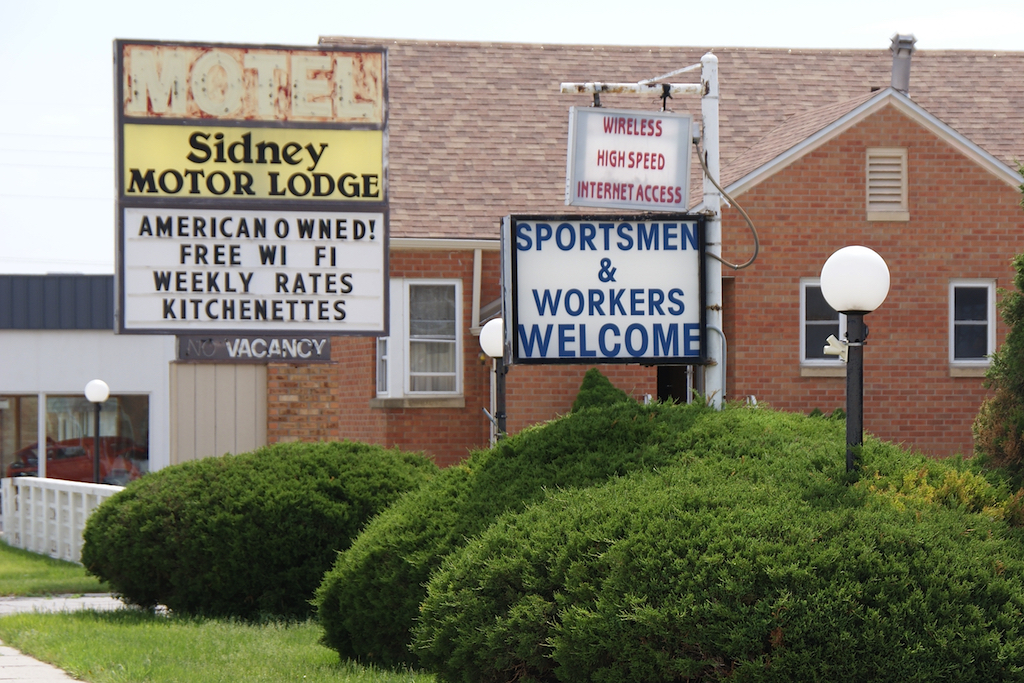Mapping and Sensing

The irony doesn’t escape me. Our capacities for remote sensing increase daily. Nothing is beyond our digital and disembodied grasp: the floor of the ocean, the depths of Antarctica, the surfaces of Mars, even our own lives, as bots scour the web for information for (and about) us.
We are captivated by what we see on the screen. And also, held captive by it—bound and contained in spite of our limitless reach. Forgetting to look at—much less hear, or smell, or touch—what’s around us.
More sensitive tools make our maps more accurate. But just as history is more than chronology, mapping is more than data. At the least, when we ourselves map, we represent where we are relative to somewhere else. We specify that we are “here” so we’ve attended, in some way at least, to what else is “here” and established a relationship with what is “there.”
In my mapping, I don’t want to just mark and measure. I don’t want to just declare a boundary and represent distance.
I want to touch, to hear, to empathize, to connect.
I want to be embedded. Enmeshed. Immersed.
I want to understand, as a human, the human landscape that is built and cultivated and divided and also the natural one. I also want to understand landscapes that flow and accrete, landscapes that change suddenly but also slowly and imperceptibly, landscapes whose diversity and fragility are often invisible.
I want to use touch to communicate, use sound to orient and navigate, use sight to document and investigate.
So I’m doing a kind of sensing. But it’s local, not remote. Visceral, not mechanical.
To quote Adrienne Rich:
I am an instrument in the shape
of a woman trying to translate pulsations
into images for the relief of the body
and the reconstruction of the mind
